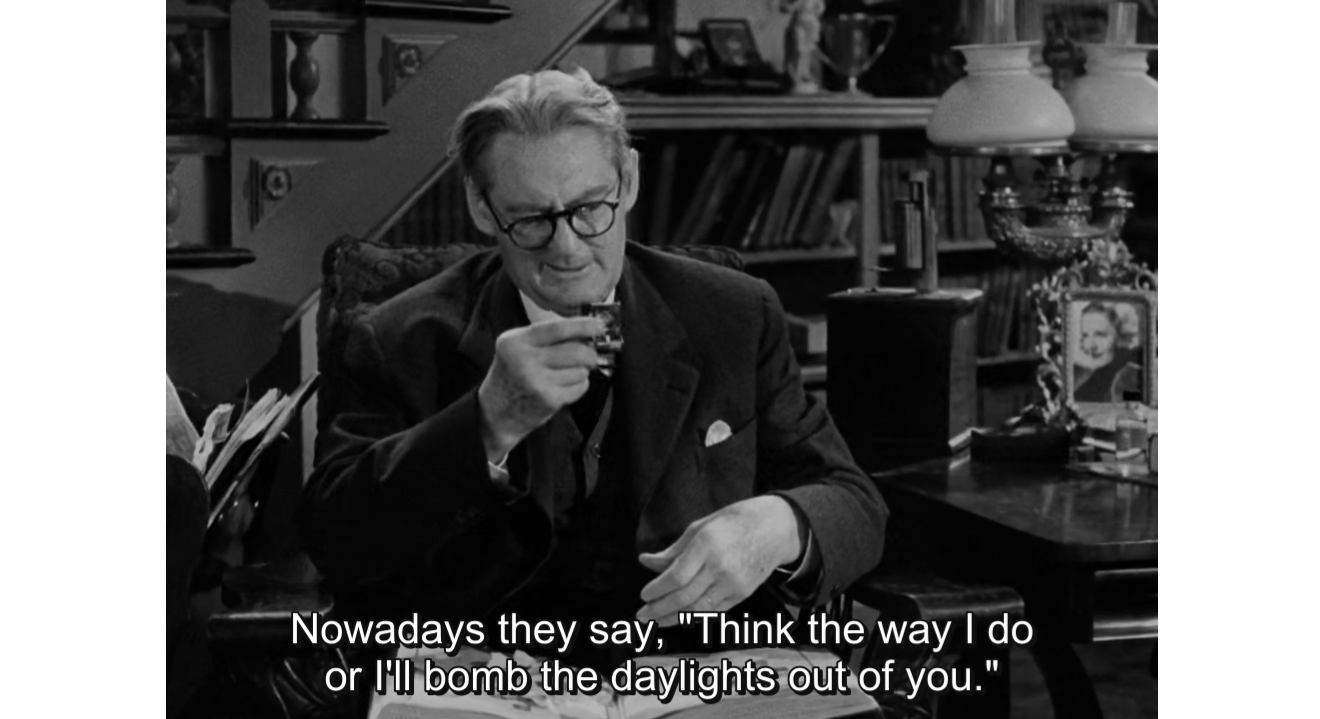
Still Life (Katski Flores, 2007)
I remember the first time I saw a Van Gogh painting. Unlike the usual printed versions in the plenty postcards, posters and photographs I've seen, the actual painting is contoured by the heavy brush strokes and from afar, its much more than a flat masterpiece, it has tremendous depth, boundless relevance and history. Digesting a work of art requires something more than a quick glance or a shallow statement of colors, it requires time to simmer, to be ingrained totally in that part of the brain that allows subjective analysis of such aesthetics.
It's an exhilarating experience: those fifteen minutes of you taking in the product of Van Gogh's undefinable artistry while the rest of the museum is on a rush. Every second is made invaluable by the unstoppable streaming of partial images, ideas, memories and emotions that are evoked by the thick paints that were immortalized by the painter's hands into his canvass. The experience is similar to the dormant moments spent watching Lav Diaz's almost static cinematic images. You spend time and energy with the Diaz's manufactured sceneries, complete with a traversing cloud or a row of ox-carts and their fractured drivers. You don't mind these lengthy sequences. They are after all, shards of the film's soul and like Van Gogh's paintings offer something more than mere eye candy.
Katski Flores' Still Life is full of lovely images: an inlet that serves as the port for small boats to the vacation house, a majestic sand bar that is detailed by two gorgeous trees, a lovely vista that showcases the calm of the sea with its several spectacles, among others. The problem with these images is that Flores flips them like a tourist browsing through a stack of post cards, spending a few seconds per image before moving on to the next one, hardly giving time for the beautiful images to simmer and become something more than mere pretty pictures.
That is basically my problem with Flores' first feature film. Still Life opts for conventional aesthetics, which is problematic with the medium she was forced to use, as the film is an entry to the Cinemalaya Film Festival which champions the digital format as the new film although the digital as projected by several cinemas in the metropolis can hardly compare with the glossy aesthetics of traditional film. This is the type of aesthetics its main character (Ron Capinding), a painter on the verge of paralysis, abhors.
Capinding's suicidal painter meets with another troubled soul, a young lady (Glaiza de Castro) who leaves her baby to her guardian (Irma Adlawan) for mysterious reasons. Their serendipitous rendezvous in the vacation house opens up for several musings on life, death, and choice as well as generous helpings of their individual histories. Flores meticulously sets up the details, the scenes, and the conversations to gear her audience for the film's vital twist, which I think is ultimately rewarding mostly for its humanity, although Flores bludgeons the conclusion to absolute redundancy.
Still Life is hardly a masterpiece in Philippine cinema's digital age. Flores' film seems to want to expand digital cinema as a visual medium . Her shots take advantage of the beauty of the surroundings, lighting the already sunbathed environs to extreme lengths probably to replicate the surreal brightness of the paintings. The looping musical score tries to deepen the visuals but ultimately fails to do so. The score repetitively annoys by forcibly cuing emotions, especially when Flores fails to completely characterize for purposes of empathy, other than storytelling. As I see it, the forlorn painter and her newfound lady friend are nothing more than well-developed stereotypes. It's a good thing Flores is crafty enough to tell a roughly engaging story around them.



































2 comments:
wow really nice write up
Thanks, anonymous
Post a Comment